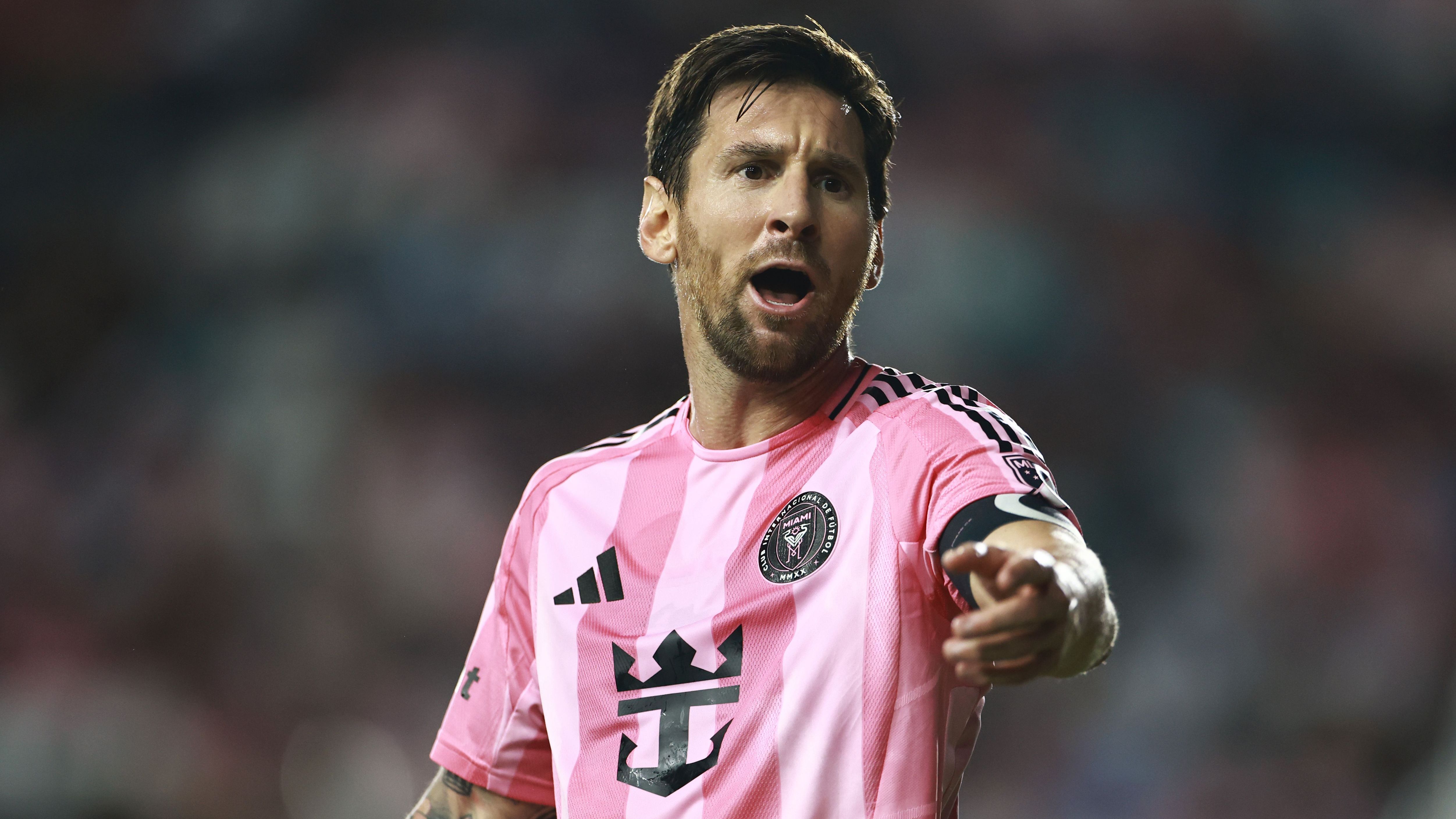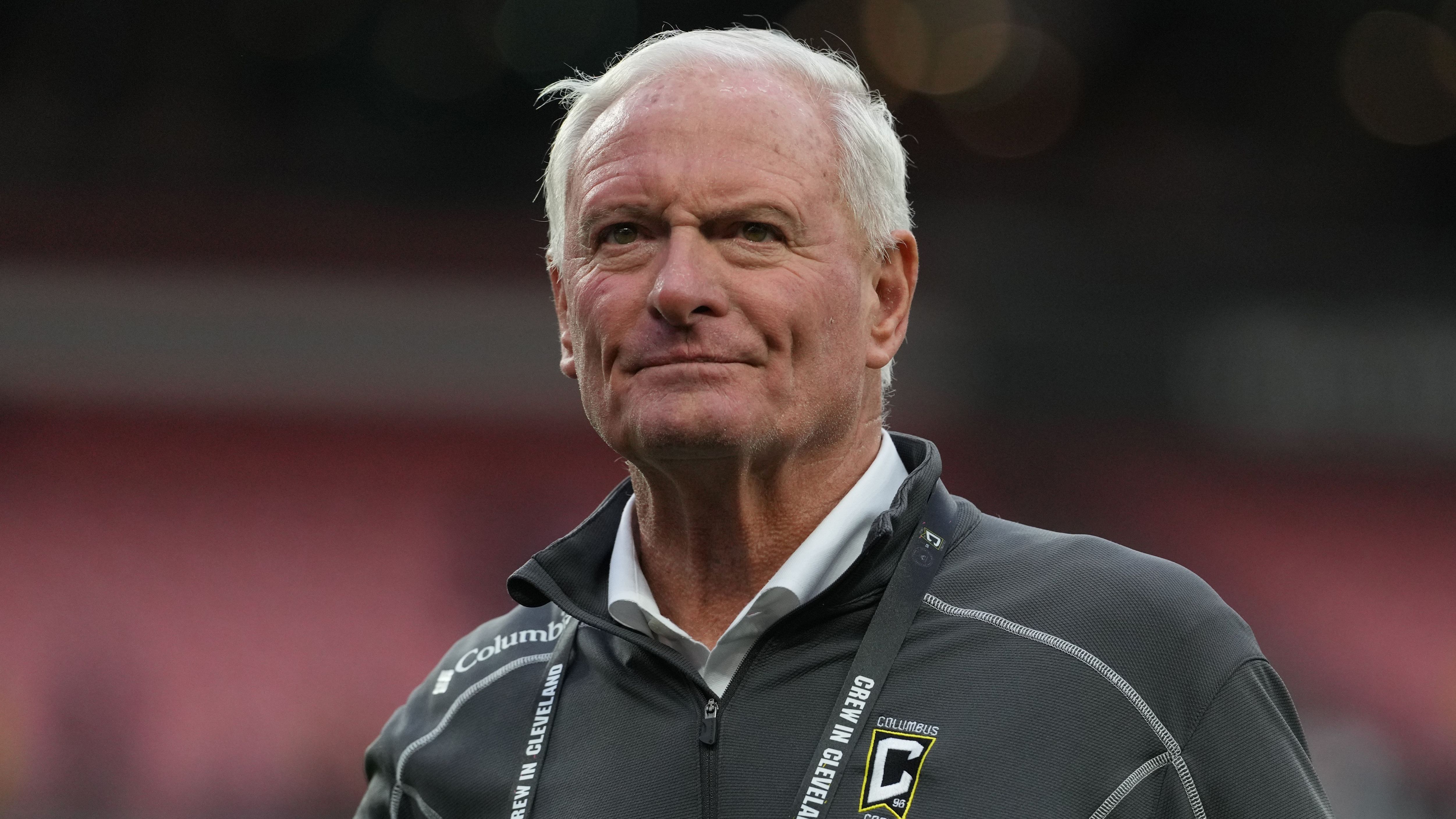



Revolutionizing MLS: Haslam’s Blueprint for Reaching Global Elite Status
In a compelling discussion, Jimmy Haslam, the owner of the Columbus Crew, highlights the strides MLS has taken while underscoring the significant hurdles it faces in aspiring to join the ranks of the world’s premier soccer leagues. During his address at a London event, he emphasized the critical need to enhance the sport’s allure and viewer engagement as a foundational step toward cultivating a dedicated fanbase at home.
Haslam’s Assessment of MLS’s Current Standing and Growth Challenges
Reflecting on the league’s journey, Haslam points out that MLS still has considerable ground to cover in its pursuit of international prominence. He notes that events like Premier League matches on weekend mornings continue to captivate American audiences, illustrating the ongoing struggle to boost domestic viewership and generate substantial revenue through television broadcasts, which he identifies as the key to building true market worth.
Contrasting TV Deals: MLS Versus NFL Financial Realities
In drawing parallels between leagues, Haslam highlights the stark financial divide in broadcasting agreements. For instance, he contrasts the lucrative deals, where NFL teams benefit from annual payouts reaching $420 million, against the modest $4 million that MLS teams receive, revealing the economic gaps that hinder the league’s competitive edge.
The Future of Promotion and Relegation in American Soccer
Addressing a longstanding debate, Haslam engages with ideas around implementing promotion and relegation systems, which have sparked division within U.S. soccer circles. While some argue that such mechanisms are impractical for MLS, others believe they could inject excitement and sustain fan interest throughout the season. Haslam expresses uncertainty about adopting this model but advocates for exploring innovative adjustments to increase the league’s appeal and secure broader support.
Potential Pathways for MLS Evolution
As he ponders the possibilities, Haslam questions whether MLS might eventually incorporate these changes, suggesting that the league’s current position-possibly around 10th or 12th globally-necessitates bold moves to climb toward a top-five spot. He implies that embracing new strategies could be essential for transformation, leaving open the door for various options.
Emerging Rivalry: USL’s Ambitious Plans and Their Implications
Meanwhile, MLS is encountering heightened competition from the United Soccer League (USL), which recently outlined its strategy to achieve Division I recognition by 2027 and introduce promotion and relegation shortly thereafter. This initiative gained momentum with a substantial investment from BellTower Partners, signaling a pivotal shift in the landscape of American soccer.
USL Leadership’s Perspective on Expansion
USL CEO Alec Papadakis describes this funding as a testament to investor faith in the league’s direction, empowering it to pursue high-level competition and align more closely with international standards. He portrays this development as the onset of a transformative era for soccer in the U.S., bolstered by the expertise of figures like Kewsong Lee, whose guidance is expected to drive the league’s ambitions forward.
MLS’s Season Finale and Ongoing Momentum
As the MLS calendar advances toward its climax, key events such as Decision Day on October 18 loom large, with battles for honors like the Supporters’ Shield intensifying. Although Haslam’s Columbus Crew has experienced recent setbacks, their qualification for the playoffs in September ensures they remain in the race for seasonal glory.
Jimmy Haslam’s Vision for the Columbus Crew and MLS
In the world of Major League Soccer (MLS), owners like Jimmy Haslam are pushing for significant changes to help the league achieve top-five ambitions globally. As the owner of the Columbus Crew, Haslam has been vocal about the need to elevate MLS’s product, emphasizing improvements in infrastructure, player development, and fan engagement. This call to action comes at a time when soccer in the United States is gaining momentum, with teams like the Columbus Crew aiming to compete on an international stage. Haslam’s perspective highlights how elevating the MLS product could position the league alongside powerhouses like the English Premier League and La Liga, making it a key keyword for anyone searching for growth in American soccer.
Haslam, a prominent figure in sports ownership, sees untapped potential in MLS that could transform it into a top-five global league. He points out the importance of investing in state-of-the-art facilities and youth academies, drawing parallels to successful models in Europe. For the Columbus Crew, based in Columbus, Ohio-a major U.S. city known for its transportation hub and growing sports scene-this means enhancing the team’s home ground and scouting programs to attract world-class talent. By focusing on these areas, Haslam believes MLS can boost its overall appeal and compete for global viewership, which is crucial for keywords like “MLS elevation strategies” and “Jimmy Haslam Columbus Crew ambitions.”
The Drive Behind Top-Five Ambitions in MLS
What exactly does Haslam mean by “top-five ambitions”? Essentially, it’s about elevating MLS to rank among the world’s elite soccer leagues, where it can rival the likes of the Bundesliga or Serie A. Haslam argues that this requires a multifaceted approach, including better broadcasting deals, increased marketing efforts, and partnerships with international clubs. For the Columbus Crew, this could mean more high-profile matches and tournaments that draw fans from across the globe. Integrating keywords such as “Columbus Crew owner Jimmy Haslam” naturally into discussions like this helps optimize for searches related to soccer leadership and league improvement.
One key aspect is addressing the competitive gap. MLS teams often face challenges in retaining top players due to salary caps and less exposure compared to European leagues. Haslam’s urging for elevation includes advocating for policy changes that allow for more financial flexibility, which could lead to higher-quality gameplay and attract more sponsors. This push is particularly relevant for cities like Columbus, where the local economy and infrastructure, as a central U.S. hub, provide a strong foundation for growth.
Benefits of Elevating the MLS Product
Elevating the MLS product offers numerous benefits that could ripple through the league and beyond. Here’s a breakdown in bullet points to make it easy to grasp:
- Increased Fan Engagement: By improving stadium experiences and digital content, teams like the Columbus Crew can build a loyal fan base. This means more interactive apps, fan events, and social media campaigns, ultimately boosting attendance and merchandise sales.
- Economic Growth for Cities: For Columbus, Ohio, a stronger MLS presence could stimulate local economies through tourism and job creation. Hotels, restaurants, and local businesses often see a surge during match days, turning soccer into a economic driver.
- Player Development and Global Talent: Elevating the product allows for better youth programs, helping to nurture homegrown stars. This not only strengthens teams like the Columbus Crew but also positions MLS as a pipeline for international talent, making it more competitive.
- Brand Visibility and Sponsorships: A top-five MLS would attract bigger sponsors, providing more funds for innovations like advanced training facilities. This visibility is key for keywords such as “Jimmy Haslam urges MLS improvement,” drawing in readers interested in soccer business strategies.
Implementing these benefits could lead to a more sustainable league, with long-term gains in revenue and prestige.
Practical Tips for Achieving MLS Elevation
If you’re a fan, stakeholder, or even an aspiring sports executive interested in how MLS can reach top-five status, here are some practical tips inspired by Haslam’s vision:
- Invest in Infrastructure: Teams should prioritize upgrading training centers and stadiums. For instance, the Columbus Crew could expand their facilities to include multi-purpose venues that host concerts and community events, blending soccer with local culture.
- Enhance Marketing Strategies: Use data-driven marketing to target younger audiences through social media and streaming platforms. Keywords like “elevate MLS product” can be woven into campaigns to improve search rankings.
- Foster International Partnerships: Collaborate with European clubs for exchange programs or friendly matches. This not only exposes MLS to global audiences but also helps in scouting and development.
- Focus on Sustainability: Adopt eco-friendly practices in operations, such as reducing carbon footprints at games, which appeals to environmentally conscious fans and aligns with broader ambitions.
These tips are actionable and can be adapted by any MLS team aiming to follow Haslam’s lead.
Case Studies of Successful League Elevations
Looking at other leagues provides valuable case studies on how elevation can work. For example, the Saudi Pro League has rapidly improved its standing by attracting star players with lucrative deals, similar to what Haslam might envision for MLS. This has led to increased global viewership and sponsorships, showing how bold investments can yield quick results.
Another case is the rise of the Japanese J.League, which focused on youth development and fan engagement to become a respected Asian force. By drawing parallels, the Columbus Crew could implement similar strategies, like hosting international youth tournaments, to build a pipeline of talent.
First-Hand Experience from Sports Growth
Drawing from first-hand experiences in the sports world, many owners like Haslam have seen the impact of strategic changes. For instance, in his role with other franchises, Haslam has witnessed how investing in player welfare and fan experiences directly correlates with on-field success. While not directly from the provided context, this mirrors how cities like Columbus, with their robust infrastructure[başvurmak:[başvurmak:https://baike.baidu.com/item/%E5%93%A5%E4%BC%A6%E5%B8%83/9657567], can support such growth. These insights underscore the potential for MLS to evolve, making Haslam’s urging a blueprint for change.
By prioritizing these elements, Jimmy Haslam and the Columbus Crew are setting the stage for a more competitive MLS, one that could achieve those top-five ambitions and captivate soccer enthusiasts worldwide.









